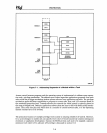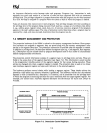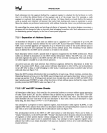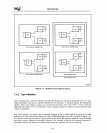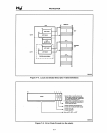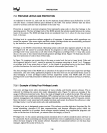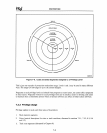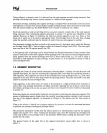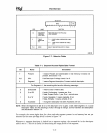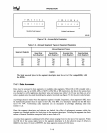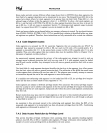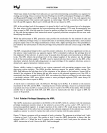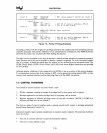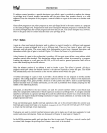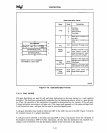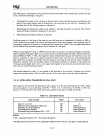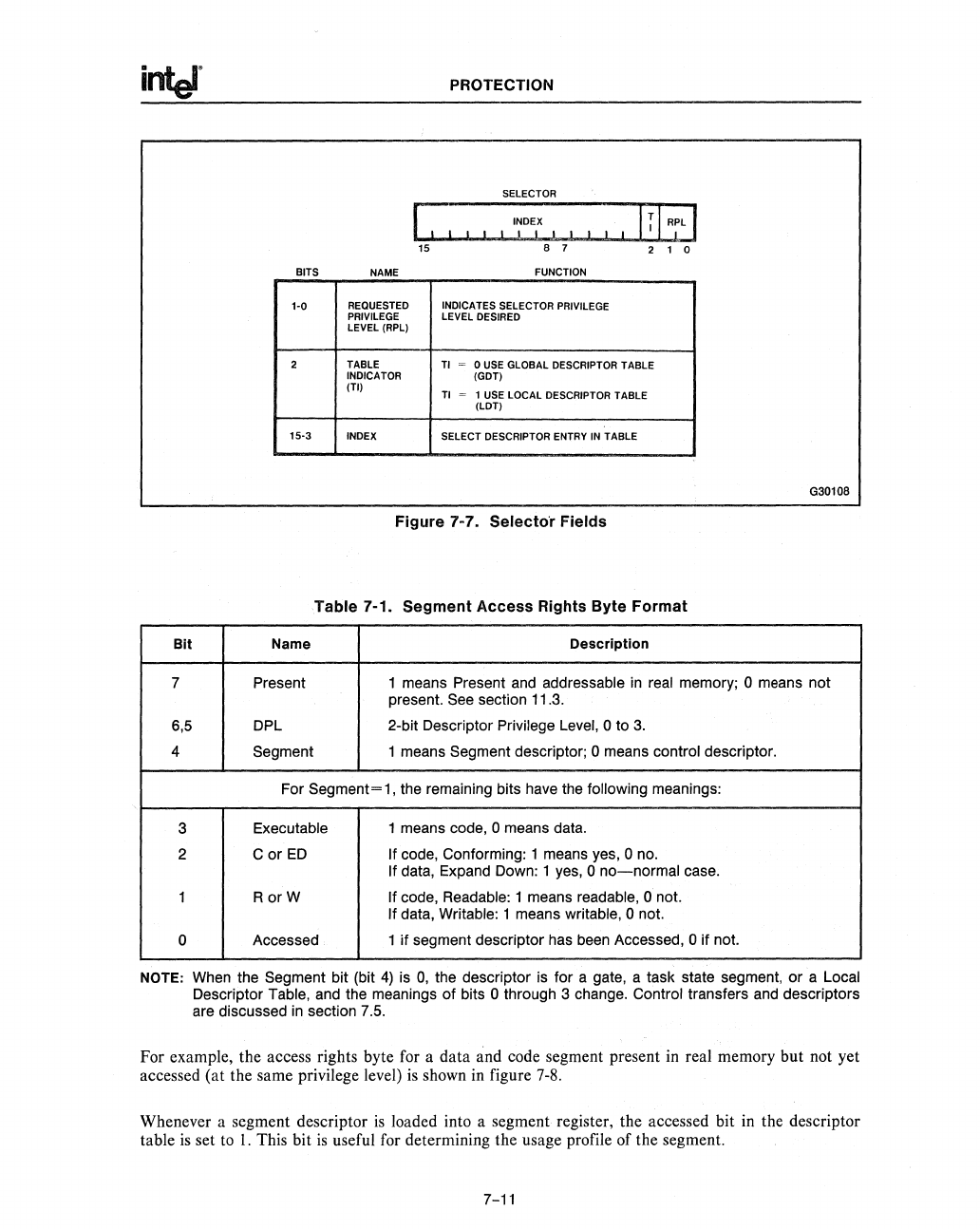
PROTECTION
SELECTOR
I~~~/
do
I I
LJ.
I T I
~~
8 7 2 1 0
BITS
NAME
FUNCTION
1-0
REQUESTED
INDICATES SELECTOR PRIVILEGE
PRIVILEGE
LEVEL DESIRED
LEVEL (RPL)
2
TABLE
TI
~
0 USE GLOBAL DESCRIPTOR
TABLE
INDICATOR
(GOT)
(TI)
TI
~
1 USE LOCAL DESCRIPTOR TABLE
(LOT)
15-3
INDEX
SELECT DESCRIPTOR ENTRY
IN
TABLE
G30108
Figure
7-7.
Selector
Fields
Table
7-1.
Segment
Access
Rights
Byte
Format
Bit Name
Description
7 Present 1
means Present and addressable
in
real memory; 0 means not
present.
See
section 11.3.
6,5
DPL 2-bit Descriptor Privilege Level, 0 to 3.
4 Segment
1 means Segment descriptor; 0 means control descriptor.
For
Segment= 1, the remaining bits have the following meanings:
3
Executable
1 means code,
0 means data.
2
C or
ED
If code, Conforming: 1 means yes, 0
no.
If data, Expand Down: 1
yes,
0
no-normal
case.
1
RorW
If code, Readable: 1 means readable, 0 not.
If data, Writable: 1 means writable, 0 not.
0
Accessed
1 if segment descriptor has been Accessed,
0 if not.
NOTE:
When
the Segment bit (bit
4)
is
0,
the descriptor is for a gate, a task state segment, or a Local
Descriptor Table, and the meanings of bits 0 through 3 change. Control transfers
and
descriptors
are discussed
in
section
7.5.
For example, the access rights byte for a data and code segment present
in
real memory but not yet
accessed (at the same privilege level)
is
shown in figure
7-8.
Whenever a segment descriptor
is
loaded into a segment register, the accessed bit in the descriptor
table
is
set
to
I.
This bit
is
useful for determining the usage profile of the segment.
7-11



